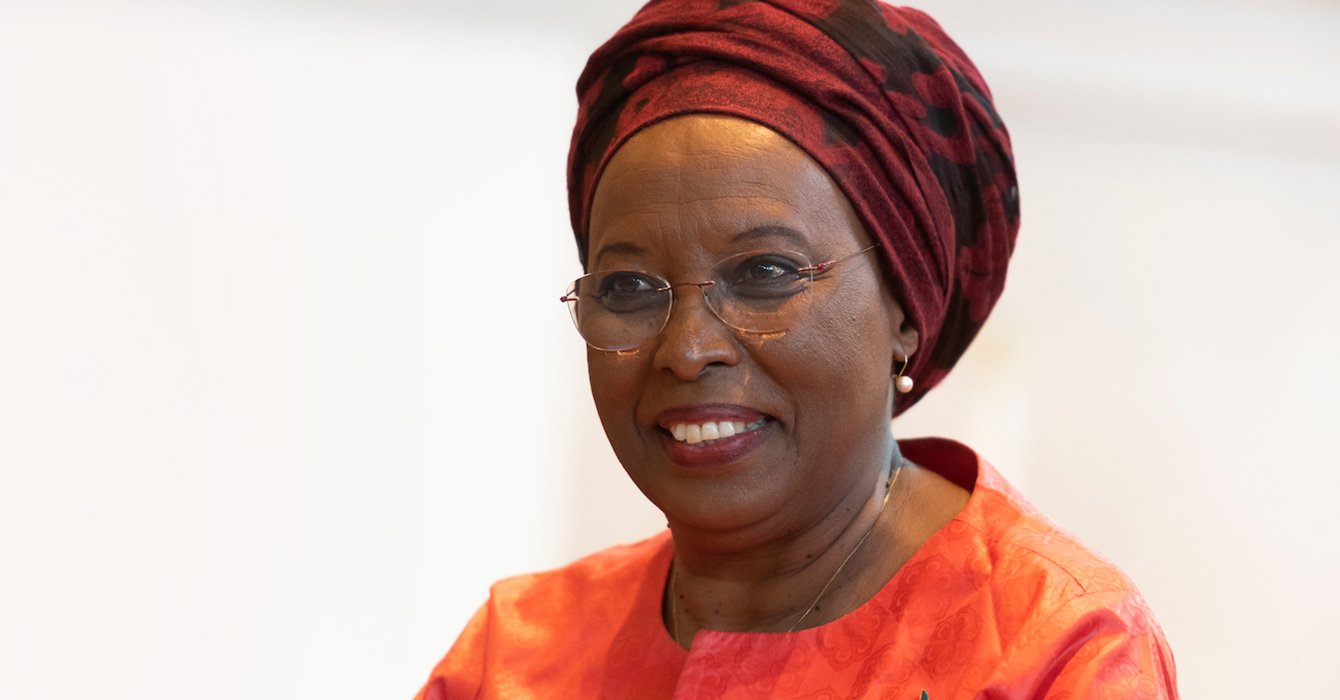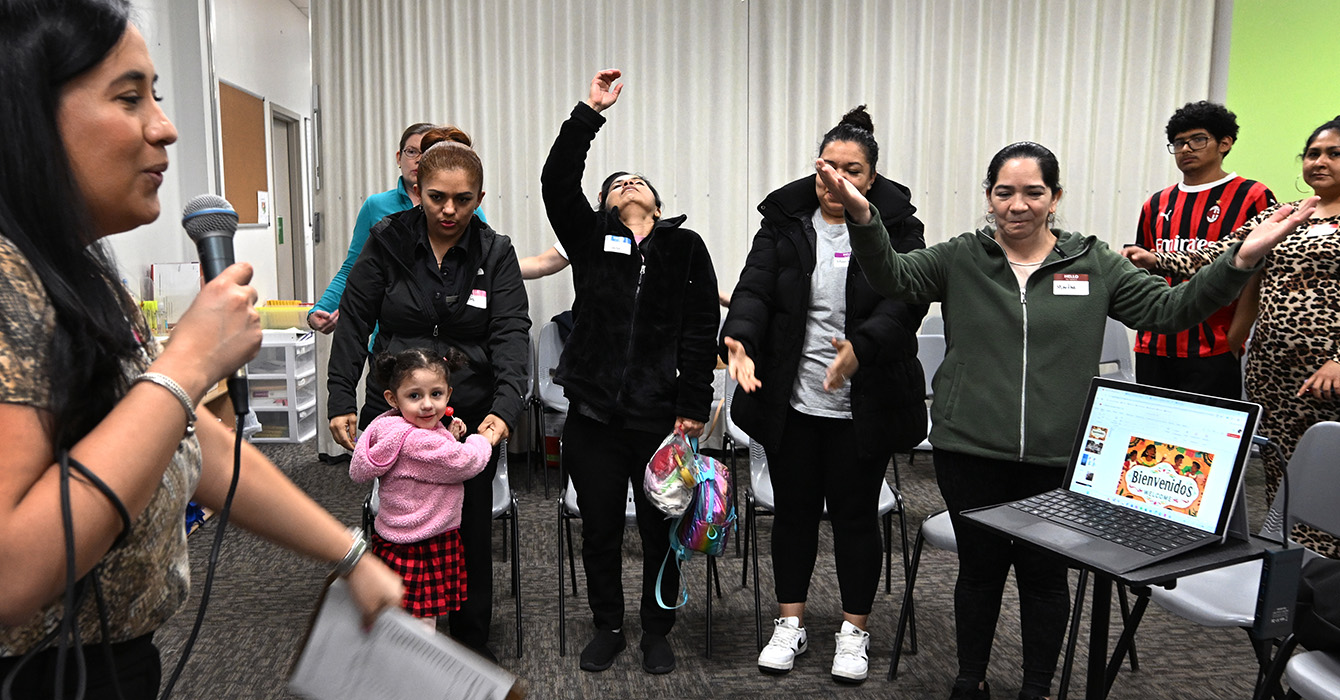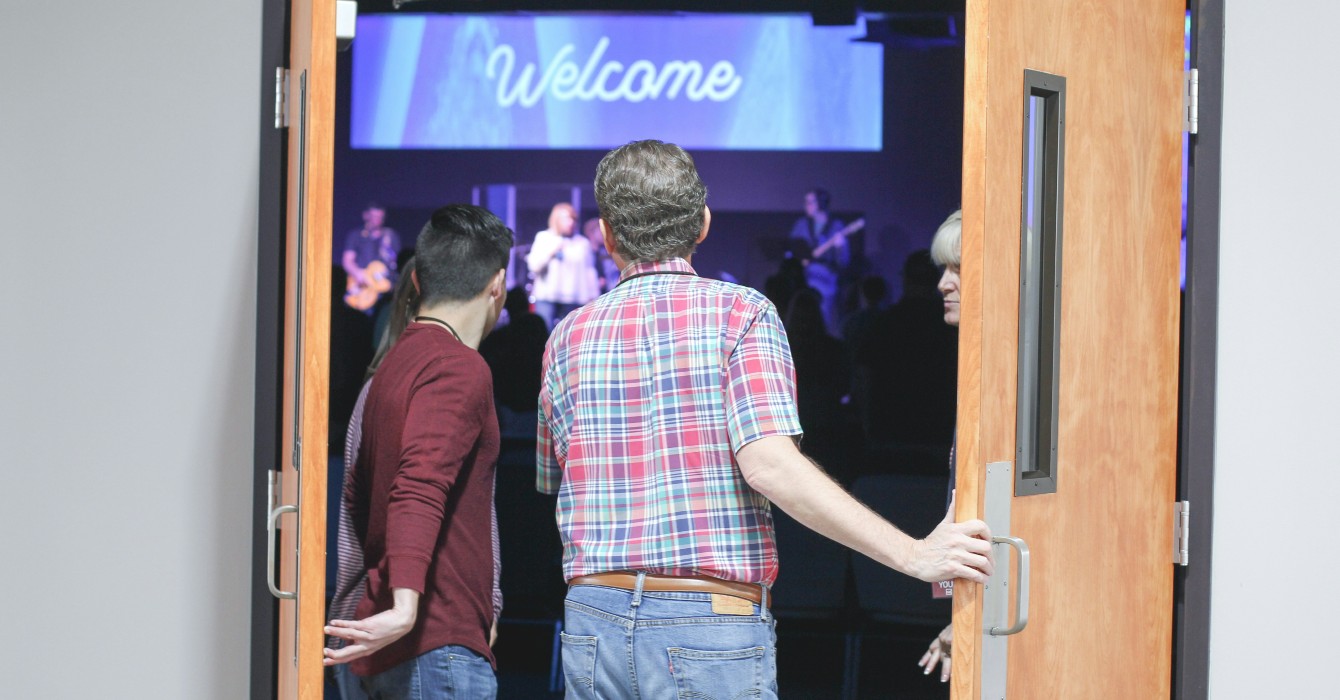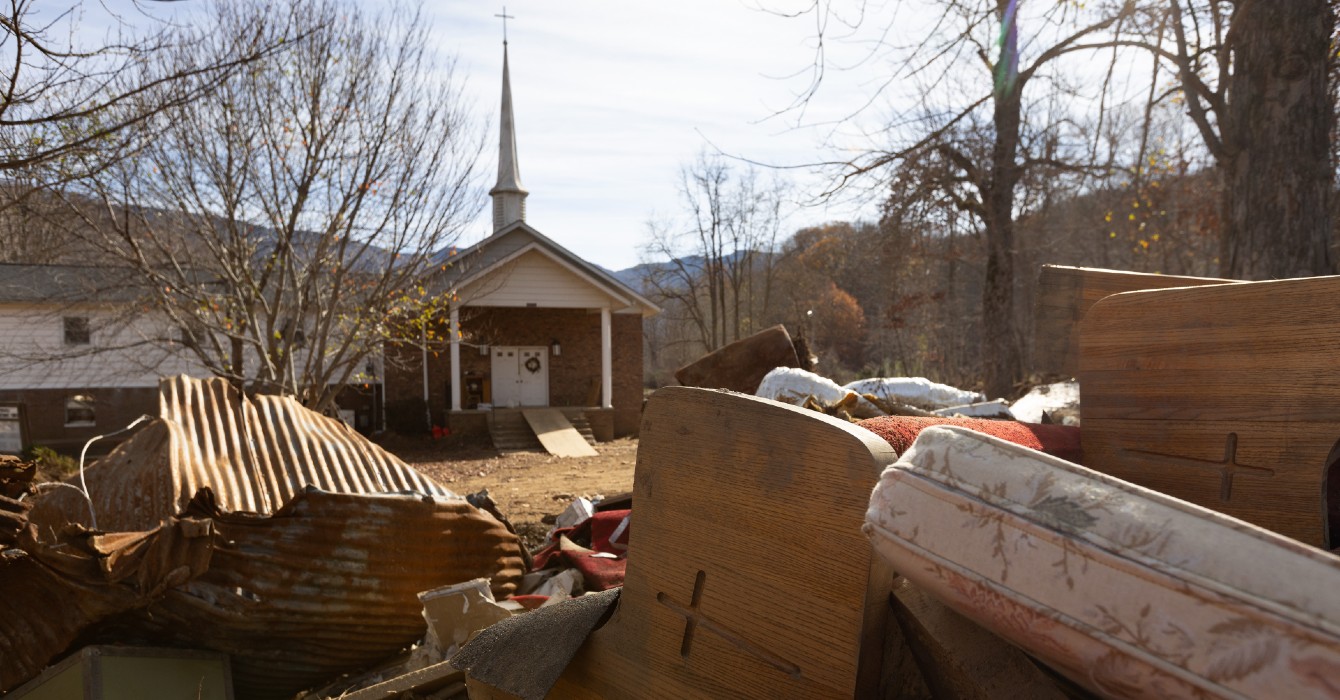Congregations love to have children and their families in attendance on Sunday morning. As a consultant, when I ask congregations about their vision for the future, almost all would include a building full of children and their families. Most congregations would do whatever some expert tells them if she guaranteed that result.
A challenge with developing a ministry with an eye towards a certain result is that one can lose sight of the convictions that undergird the vision. There is a strong temptation to go for what works.
Traditioned innovation is a practice of holding together the convictions of God’s kingdom and its manifestation through the history of the church with the adaptations that allow for fresh ideas to be born. I found a living example of the practice in a San Antonio church.
I was visiting an old friend and hero, Hardy Clemons. He was my parents’ pastor in South Carolina and one of the founders of my denomination. Hardy invited me to worship with Trinity Baptist Church in San Antonio. As we drove up, he mentioned that he wanted me to see their children’s building.
I thought, “Hardy has lost his mind.” If you have seen one church children’s building, you have seen them all. Right? A bunch of little chairs, little sinks and brightly colored toys. As I walked into the entrance way, I was stunned. The walls were covered with life-sized images of all kinds of animals. On closer examination, it was the story of Noah’s ark. Pictures of the murals that cover all the hallways of the building and the story of its development are found here.
Children’s pastor Debbie Potter told me the story of searching for a way to update the facility. She considered buying life-size Disney characters that she has seen in other congregations, but ultimately rejected the idea because she wanted to spark the imagination of the children and their families in a different way. She believed that the Christian tradition was the source of such inspiration. Yet, she struggled for a couple of years with how to use the building as an instrument of the tradition in a fresh way. Finally she found Shawn Bridges, a church member with the imagination and skill to paint biblical characters. It started with a small idea -- a single wall -- and grew into a year-long project that has attracted much attention to the church.
What is it that helped Debbie Potter make the move from giving a building a face lift to “traditioned innovation?”
• Know what is important. Being clear about the convictions of the ministry that must be maintained to honor God and God’s work in the institution.
• Keep your eyes open. Watching and learning from all the people in and outside the institution. Visiting with other places and learning how and why they develop certain practices.
• Remain patient. Faithful service is important. Do the basic practices of the ministry over and over again. Innovation is wonderful, but it comes in the midst of the ordinary daily work of the ministry.
• Experiment. When a new idea does come, consider how to try it out. Look for a small opportunity and pay attention to what happens.
• Celebrate progress. Nothing happens overnight. Colleagues may get tired. It is important to acknowledge progress.
• Make mistakes. This is an essential part of the progress. Don’t dwell on the mistakes. Learn what they have to teach and keep moving forward.
What are the aspects of your ministry that are in need of “renovation?” How can the convictions of your institution serve as a starting place to create something that is both old and new?
David L. Odom is Executive Vice President and Chief Operating Officer of Leadership Education at Duke Divinity.












